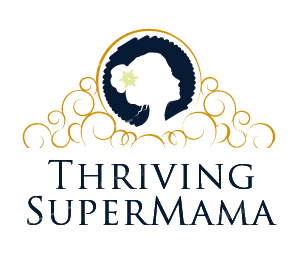Whether your child is bottle feeding or breastfeeding, a time comes when they are ready to transition to something heavier. Weaning your baby is a process that, if not checked, will lead to a lot of anxiety for both you and the baby. Here are some tips you should follow so as to have a smoother transition.
Check whether your baby is ready
According to WHO, it’s is recommended that children are breastfed exclusively for six months before you try to wean. You’ll actually realize that your baby will be ready in that, they don’t seem to be completely full with milk only. Following the six months guide, the baby will have been able to sit and their neck strong enough. The motor skills even better since their hands can hold onto something like a spoon or a small fruit cut.
Be on the lookout for allergies
People have allergies from different foods. Your baby could be affected from carrying on an allergy that’s genetic or one that they simply develop as their own. To curb this, it’s advisable from medics to try introducing small meals one at a time, having one component first. This is especially so for cereals which many children tend to be allergic to.

Limit the number of feeds
When you start to introduce weaning, you should also go down on the breastfeeding. You can choose to leave the night feeds and early morning ones that provide the baby most comfort. Remove these feeds gradually as your baby adjusts. After all, there’s more that they will be consuming through the weaning foods.
Take it slow
Patience is your best friend when you decide to wean. Children don’t wake up one day and begin swallowing foods. Try as much as you can not to force your baby. The purpose, especially initially isn’t for the baby to be filled with the weaned foods, but to familiarize with the taste and texture of the food.
Choose either baby-led weaning or not
You’ll want to determine whether you want your child to guide you or you’d prefer to feed them. Allowing them to feed themselves can be messy, but has the advantage of the baby being familiar with the food textures early. When you introduce fruit cuts, remember to put bite size pieces and be on the lookout for choking.

Keep a weaning record
Having a daily record where you indicate what the child was fed today will help you a big deal. It comes in very handy especially when your child falls ill. Through your record, you can gauge whether what test are has anything to to do with their illness. It’s also easy to know more about allergies.
Some recommended starts
Try out some Nature’s Bowl porridge, which are specifically made for the baby. For fruits, puree some pawpaw, banana , mangoes, or any non fibrous fruits on season. Vegetables are essential too. You can mash some pumpkin and potatoes, puree some carrots and peas as you move from smooth to coarse food consistency.

